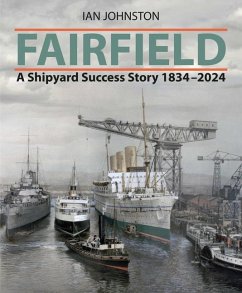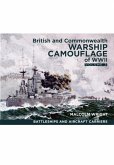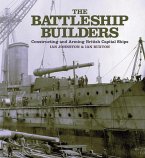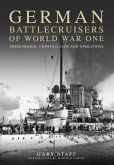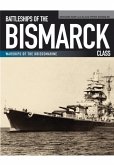Fairfield Shipbuilding, a pioneering Glasgow yard, built liners and warships, now thriving under BAE Systems. One of the great names in British industrial history, the Fairfield Shipbuilding & Engineering Co Ltd, Govan, Glasgow, was always associated with innovation - particularly the development of the compound steam engine which brought great fuel efficiency to deep sea transportation and led to the ubiquitous triple expansion steam engine. Through the design and construction of record-breaking Atlantic liners and their machinery for the Guion and Cunard companies, by the late nineteenth century Fairfield had become the most important shipyard and marine engine works in the world. Admiralty contracts for all classes of warship followed, notably during the world wars and as a lifeline during the depression of the 1920s and early 1930s. However, the Fairfield yard was probably best known for building magnificently appointed intermediate liners, among them a series of Empress liners for Canadian Pacific. From the late 1950s onwards as shipbuilding in Britain began a steady decline, Fairfield, one of the most modern yards in Europe with a large order book, hit the headlines this time not for the launch or completion of a ship but by declaring insolvency in 1965. The next 35 years, much of it under state ownership, were characterised by various name changes and campaigns to keep the yard open. With its traditional market for 'high class' tonnage gone and no longer designated a warship yard, new commercial markets had to be found. When this struggle for survival seemed to be all but over and the virtual elimination of the commercial shipbuilding industry in Britain now complete, BAE Systems acquired the yard in 2000 bringing with it stability and continuity. A major warship-builder once more, the former Fairfield yard has been heavily involved in the Type 45 destroyer programme, the production of major blocks for the Queen Elizabeth class aircraft carriers, the five River class Offshore Patrol Vessels and currently with the Type 26 frigate programme. With the skyline of Glasgow soon to be transformed once BAE Systems completes its next-generation ship construction hall, capable of building two Type 26 frigates side by side under cover, the future looks bright for the last of the great Clyde shipyards.
Hinweis: Dieser Artikel kann nur an eine deutsche Lieferadresse ausgeliefert werden.
Hinweis: Dieser Artikel kann nur an eine deutsche Lieferadresse ausgeliefert werden.

